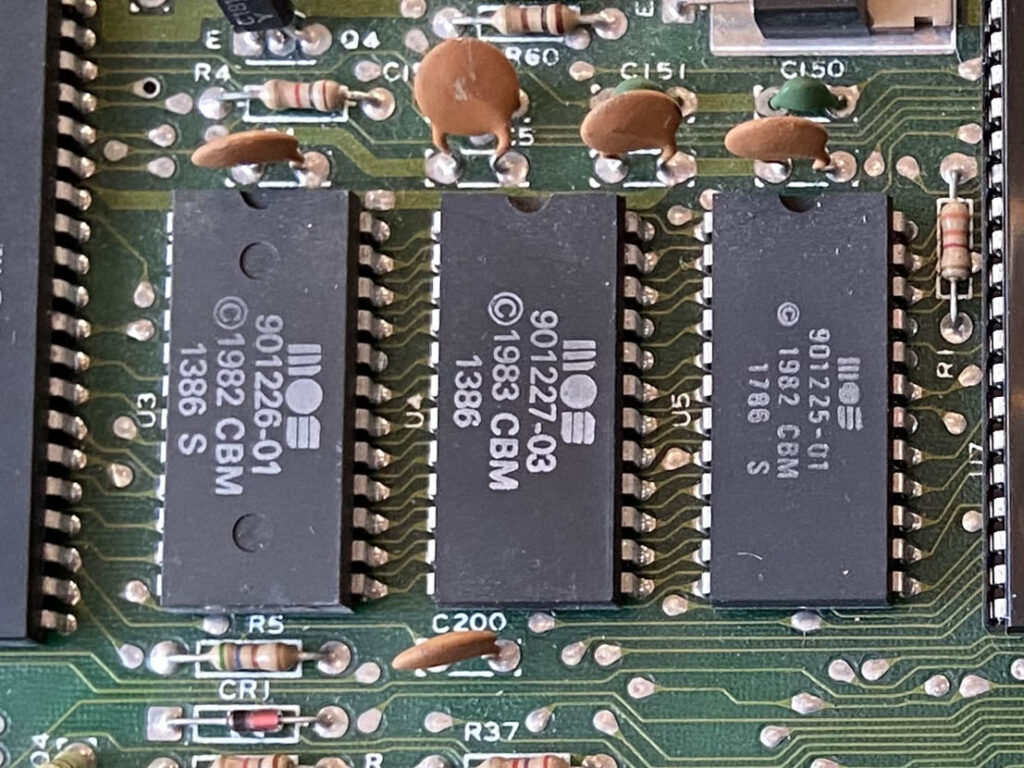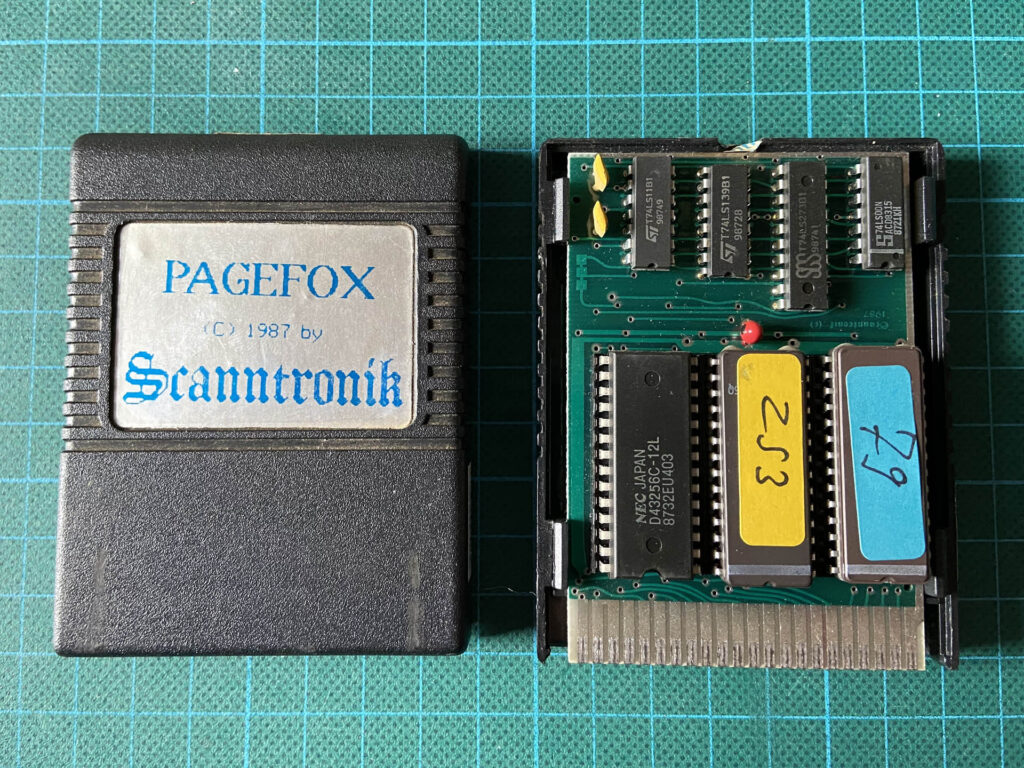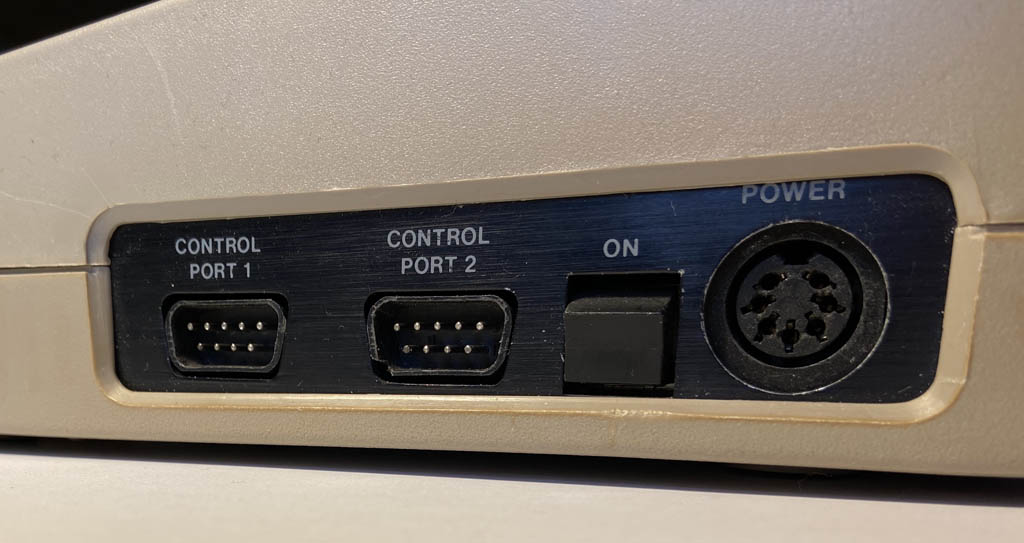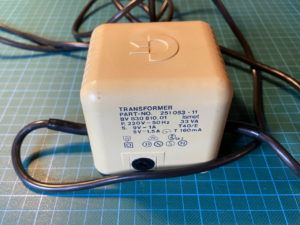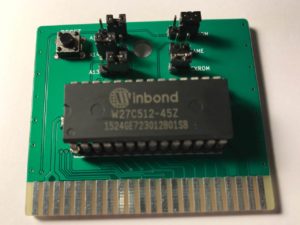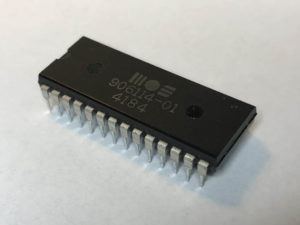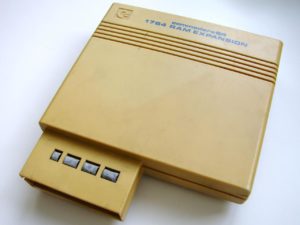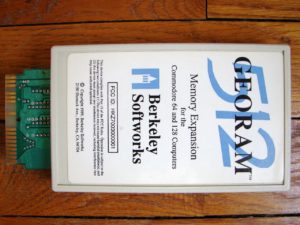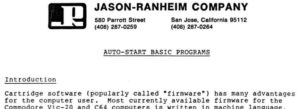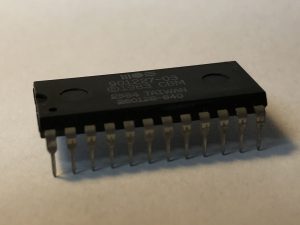I’ve been meaning to build myself a mouse adapter for the Commodore 64 for quite some time. The recent release of the unofficial port of “Eye of the Beholder” for the C64 was a welcome excuse to finally get to work on this project.
The Mouse 1351 made by Commodore can be plugged directly into the control port of the C64 or C128 and it has two different operating modes. In joystick mode, the input from the mouse is compatible with that of a regular, digital joystick. In proportional mode, which is the default, it behaves and feels like any mouse used on modern computers.
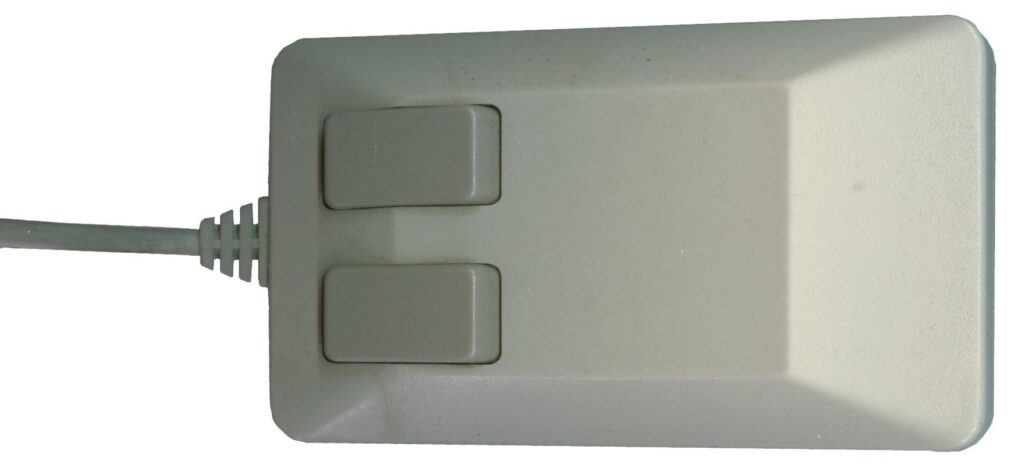
Commodore Mouse 1351. (Image source: Wikipedia, License: CC BY-SA 3.0)

